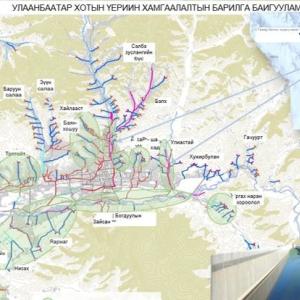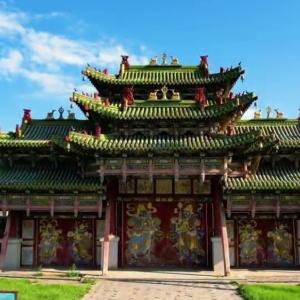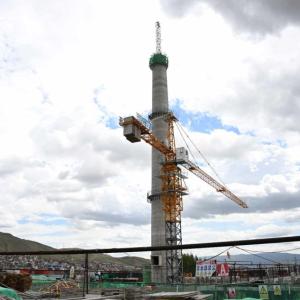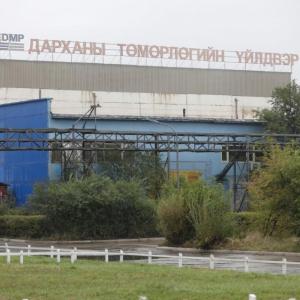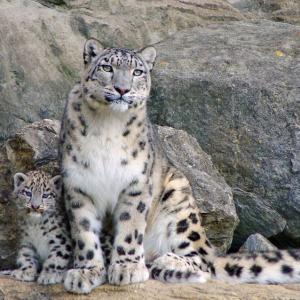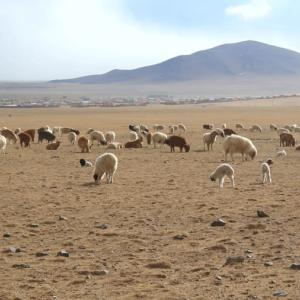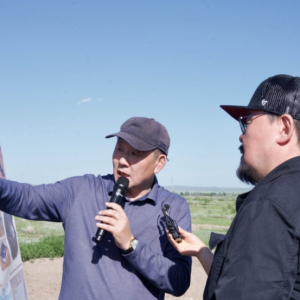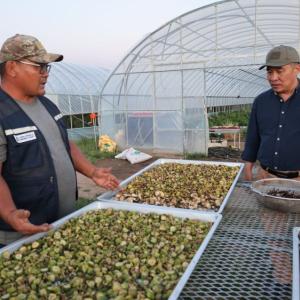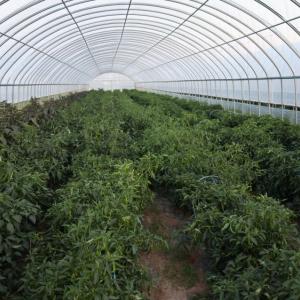Mazaalai: Can it be saved?
The Mongol MessengerThe Gobi Bear or 'Mazaalai' dwell in part of the Mongolian Gobi. They are at home in the Altai Mountain ranges, surrounded on all sides by the Gobi desert, Segs Tsagaan Bogd Mountain, Tumurt Mountain Ranges, Khukh Us Mountain Ranges as well as the region around the Shar Khuls Oasis and Atas Inges ranges (Gobi-Altai Aimag) and an oasis in the middle.
The Mazaalai is a native inhabitant of the Altai Mountains in the Gobi region and can only be found in Mongolia. It is estimated that only about 30 Mazaalais are left in the world due to a yearly deteriorating environment and the shortage of meat that leaves them to only eat fodder granules or chaffs and migrate to other places to look for food. This eventually leads to their drifting apart from each other and stalling their reproduction.
In this connection, N.Tumenjargal, Head of the Mongolian Step for Mazaalai Rescue NGO said that the most important action among the preservation and protection efforts for Mazaalai being carried-out or studied by scientists is to develop new kind of feed for them. He continued “Mongolia has abundant experience and possesses a variety of methods in domesticating musk deer, wild horses and saiga antelope in cooperation with foreign specialists. The livelihood and number of this under-researched and rare species is unknown to the public. Since people have been showing their interest in the animal lately, our NGO has been working to discover and produce new food based on our observations, studies, images and records of automated cameras.
Because of the absence of food specifically for them, they have been surviving on mixed and cubed fodder for livestock animals produced with low-quality wheat, waste products of flour mills and chaffs provided to them by state and private organizations in the last three decades since the mid-1980s. The feed was supplied without any basic research and has caused many negative consequences. For instance, 2014 surveillance revealed that hungry wolves got diarrhea after they ate dog food provided for Mazaalai. During the springtime when the food is extremely scarce, it would draw more danger of (wolf attack) near the forager, especially for the malnourished and exhausted Mazaalais or their babies. When we put livestock offal and intestine meat of livestock, which was difficult to carry in the hot weather of the Gobi, close to the forager place, Mazailai did not even approach the place, but birds of prey, foxes, flies and greenflies were heaping the area and the meats became rotten after a day. Also, when we place carrots and beets in the forager in 2014, Mazaalai did not eat them as well, only the carrots were eaten by rabbits, and the beets dried up as nothing ate them.
We concluded that in the ‘spring season’ the Mazaalai is at its highest-risk for their entire life as they which emerge from hibernation drained of all their fat and energy after over 5 months or 150 days of harsh weather and environmental conditions in the Gobi. Therefore, we are planting some high protein vegetables and other fodder plants in the Gobi soli, creating new fodders for the Mazaalai and laying supplementary fodders at more than 20 forage centers in their living area in order to contribute to saving the Mazaalai from starvation and create condition for them to breed while fat and strong. We acquired a ‘New Patent’ from the Intellectual Property Office of Mongolia for our invention of supplementary fodder products produced in our new fodder factory with a capacity of 30 tons in Bayankhongor Aimag. There, we plant corn, soy, tomato, oat and rhubarb to supply raw materials for the factory. Employing more than 10 local people, we operate Mazaalai clubs at secondary schools in Bayankhongor Aimag and teach field work and planting techniques to children in the region.
The government has taken a large number of measures to save the Mazaalai. For example, the area Mazaalais inhabit was declared a natural reserve; was state-protected in 1953, and announced to be a State Protected Area of the Gobi. Because the Mazaalai is a rare and critically endangered animal that lives in a very small number in a truly dry and harsh ecological climate of the Mongolia Gobi, it was listed in the Mongolian Red Book of Endangered Animals (1987, 1997) and the first appendix of the Washington Convention on International Trade in Endangered Species of Wild Fauna and Flora.
Also, the Mazaalai was included in the list of endangered animals with a low restoration capacity and limited spread pursuant to Mongolian Laws on Hunting (1995), on Fauna (2000), and on Animals (2012). In 2007, the Mazaalai was defined as critically endangered – regional and international D classification of endangered animals by the International Union for Conservation of Nature Red List of Threatened Species in 2007, which indicates that the Mazaalai not only needs to be protected nationwide, but also internationally. By a resolution of the Minister for Nature and Green Development issued in 2013, a working group was set-up and has performed a good deal of work directed at improving the environment for the Gobi Bear, enhancing the quality of supplementary feeds for Mazaalai, sowing fodder vegetables, establishing fodder manufacturing factories, continuing necessary research, finalizing issues of species of Mazaalai and implementing programs to promote the importance of this animal.
B.Oyundelger
Photo source: nationalgeographic.com
The article is featured in the Mongol Today magazine's issue for April-June 2016 No. 2/37/

 Ulaanbaatar
Ulaanbaatar




